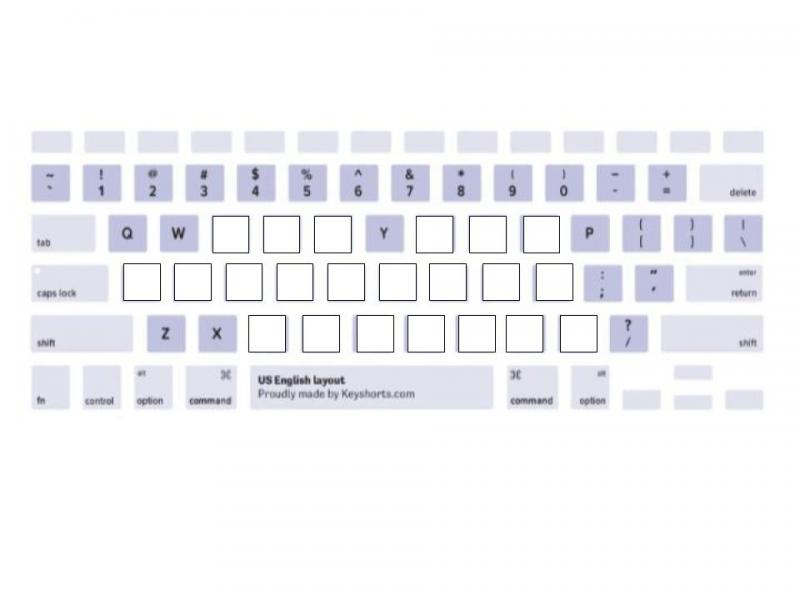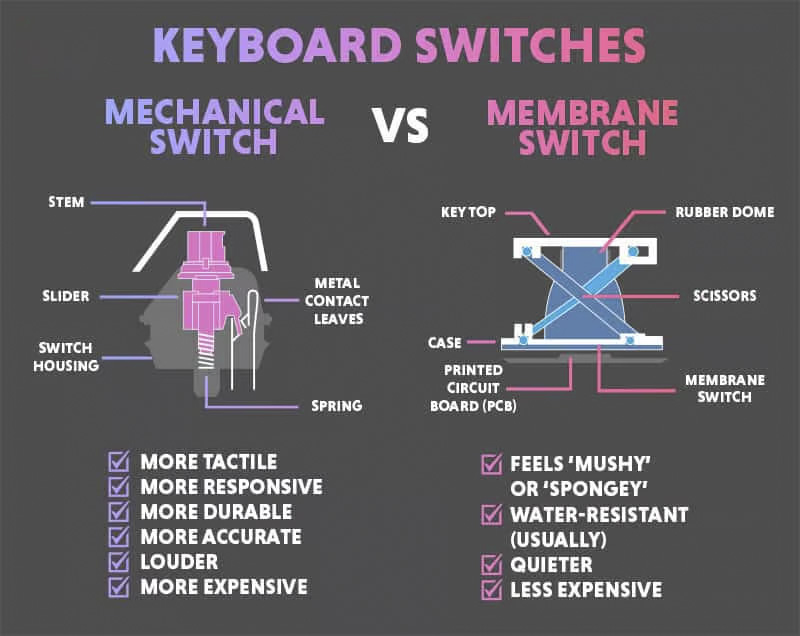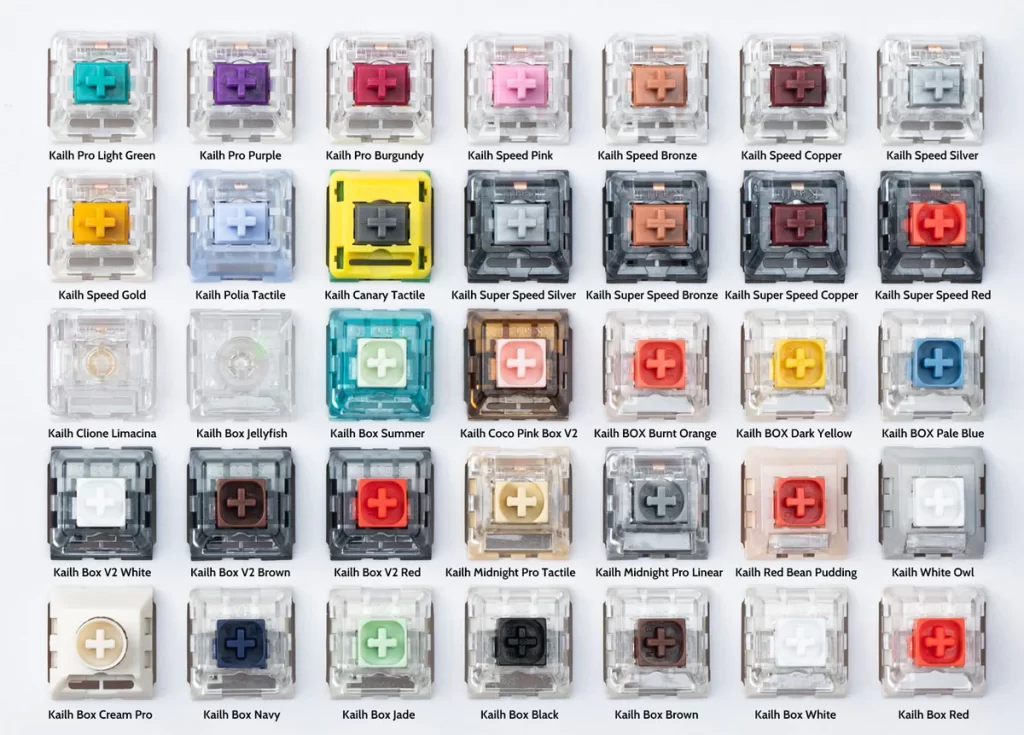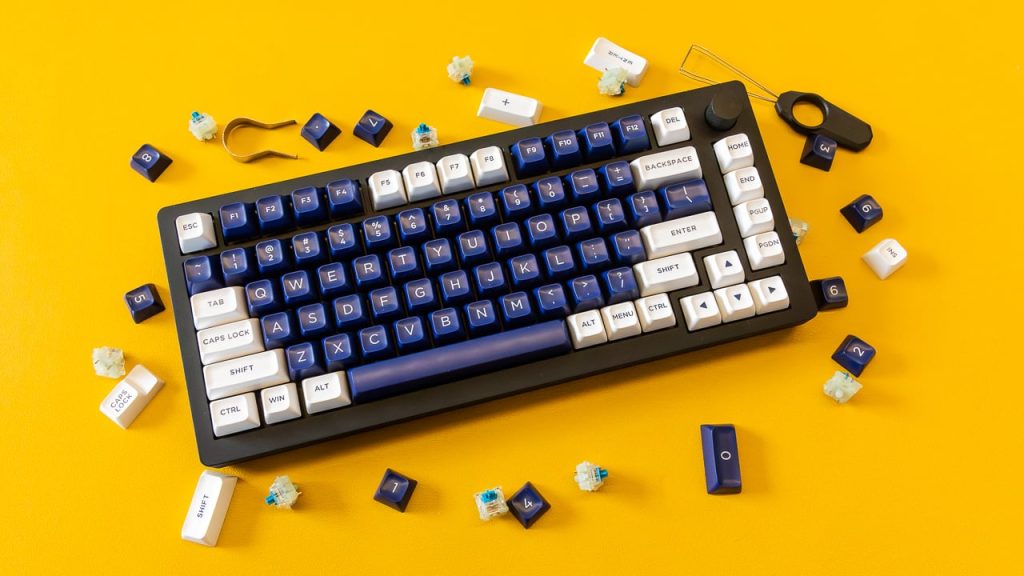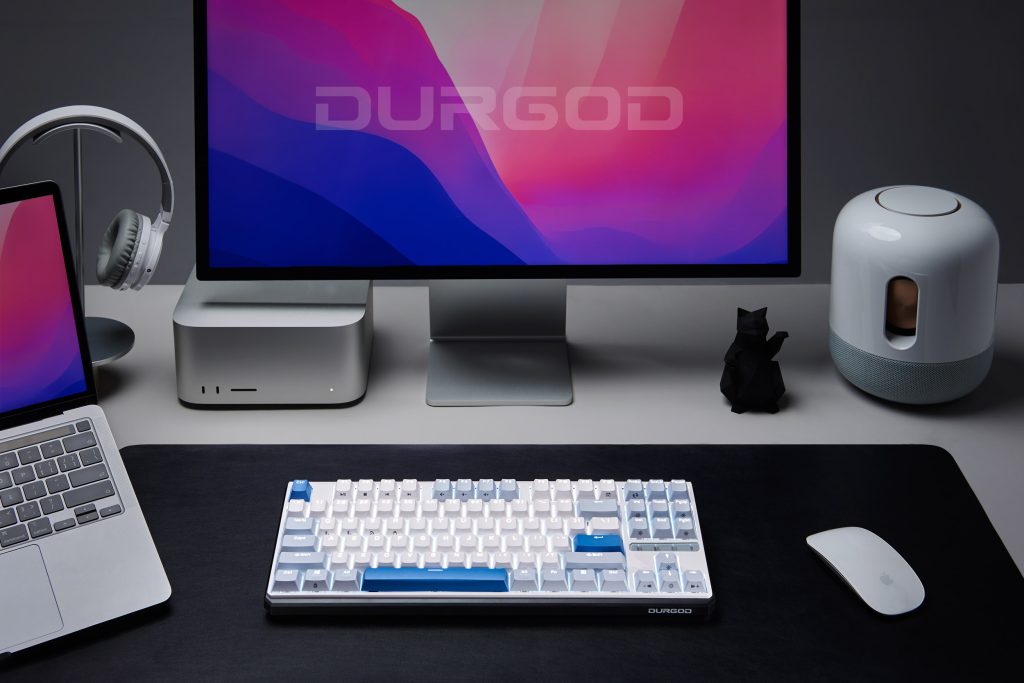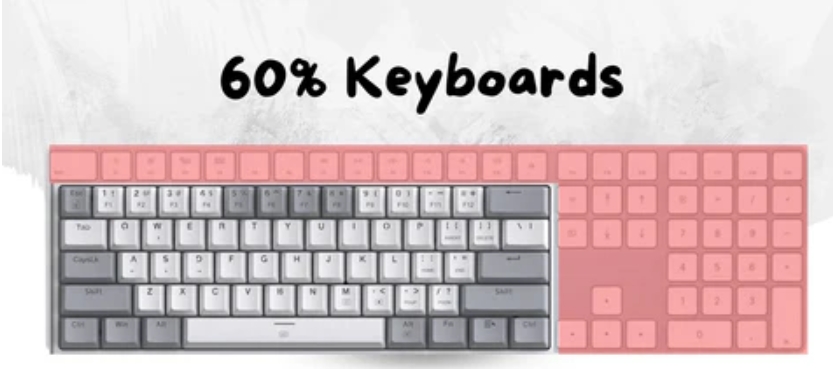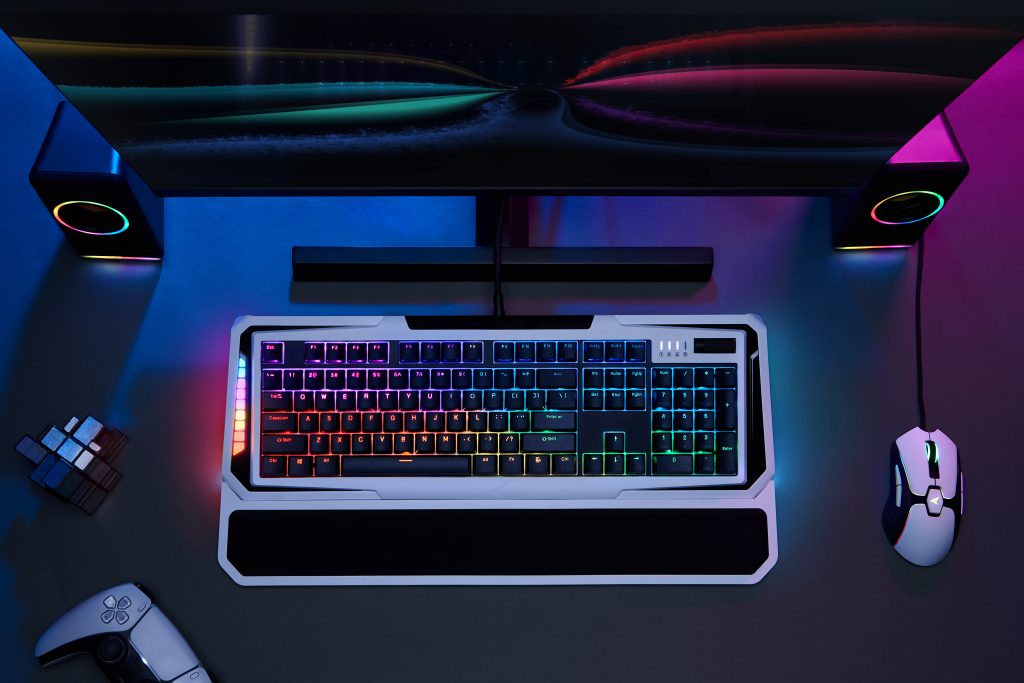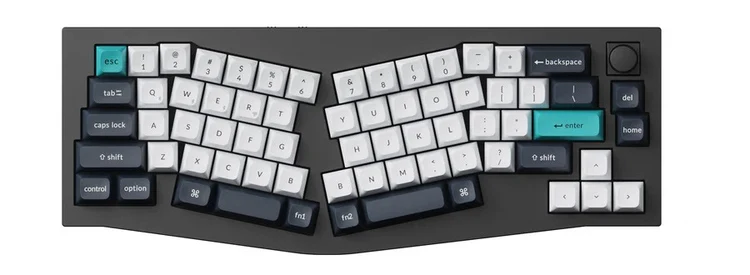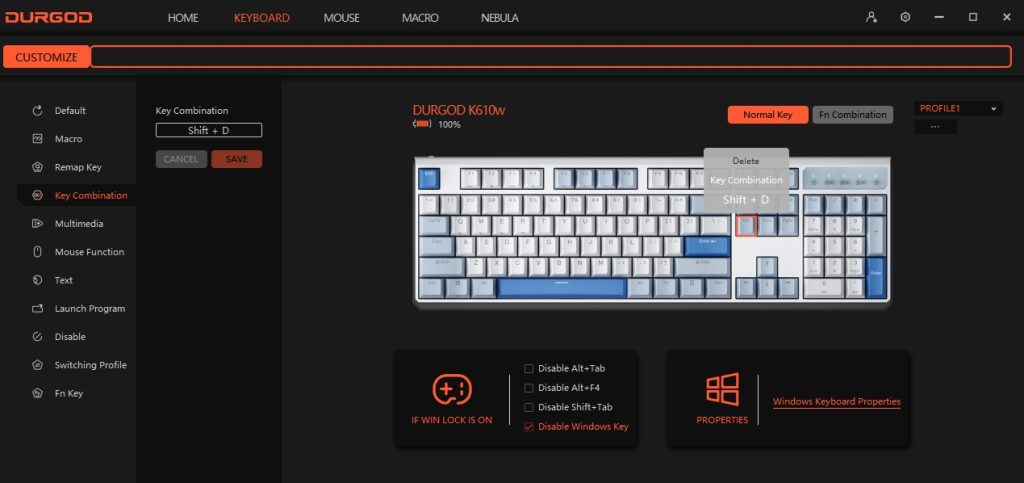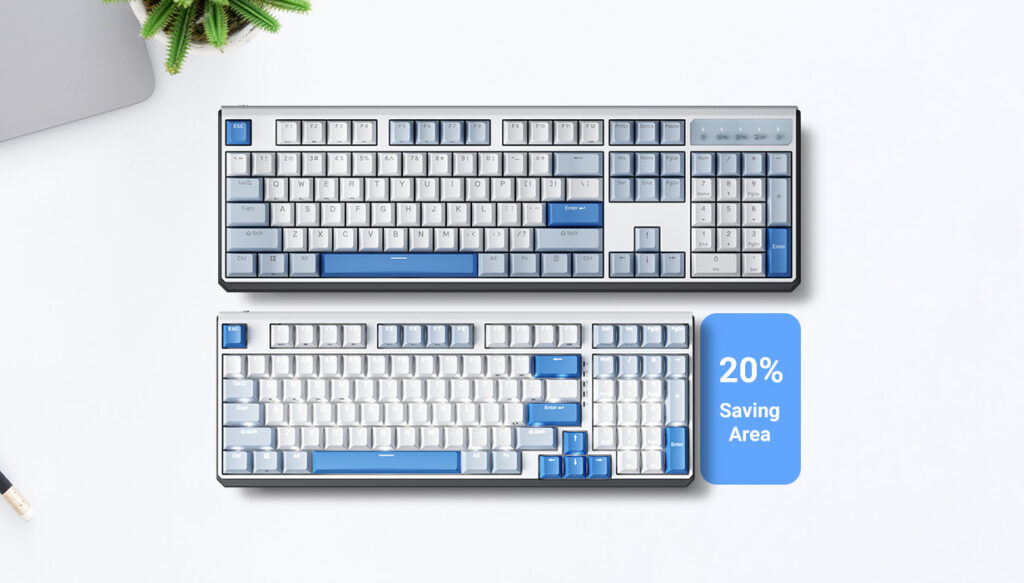The “blank keyboard challenge” captivates typing enthusiasts and keyboard hobbyists by eliminating printed letters, numbers, or symbols on keycaps. This method fosters an immersive approach to improving typing skills, focusing on touch typing, where reliance on muscle memory surpasses visual cues.
Click here to start the blank keyboard challenge!
Concept and Purpose
- Keycap Design: Specifically, all keycaps in this challenge lack legends, offering a sleek, uniform appearance.
- Skill Enhancement: Consequently, the main goal is enhancing typing abilities, emphasizing touch typing proficiency.
Advantages
- Boosts Touch Typing: Indeed, it compels users to depend on their typing skills, thus improving accuracy and speed over time.
- Curbs Poor Habits: Moreover, it aids in eliminating the habit of looking at the keyboard, promoting better posture and ergonomics.
- Aesthetic Appeal: Additionally, blank keycaps provide a minimalist and elegant aesthetic, attracting those who value sleek setups.
Challenges and Considerations
- Steep Learning Curve: However, for novices in touch typing, the absence of legends might initially intimidate and reduce typing speed.
- Potential Inconvenience: Furthermore, it may pose challenges for tasks requiring seldom-used keys or intricate shortcuts.
- Limited Shared Use: Also, blank keyboards can create difficulties in shared environments, especially if not everyone is an adept typist.
User Demographic
- Enthusiasts and Professionals: This challenge especially appeals to mechanical keyboard enthusiasts and professionals, such as writers and coders, aiming to enhance their typing prowess.
- Educational Tool: It serves as an effective tool for learners aspiring to master touch typing or to stop looking at the keyboard.
Practicality and Accessibility
- Selective Suitability: The utility of a blank keyboard greatly varies among individuals. It’s less apt for those reliant on visual typing cues.
- Adjustment Phase: Typically, users experience a period of adjustment, where their typing speed might initially decline before it improves.
Conclusion
The blank keyboard challenge presents a distinctive and efficacious method to refine touch typing skills and deepen keyboard familiarity. While it delivers benefits such as improved memory, speed, and a minimalist aesthetic, it also introduces hurdles like a significant learning curve and potential inconvenience for specific tasks and user demographics. This challenge exemplifies the varied methods keyboard enthusiasts employ to augment their typing journey, skillfully marrying practicality with skill enhancement.
For more knowledge of mechanical keyboards, visit DURGOD.



